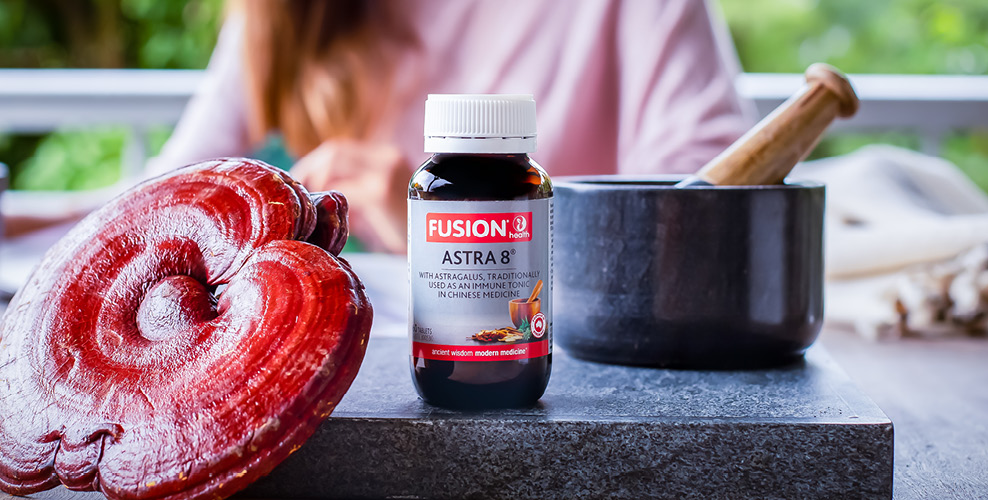Supporting your immune system

Your immune system is a collection of body structures, organs and cells. Between them these components of the immune system help protect you from infections like common colds. If you do catch a cold, they also work together to help you to fight it off.
Three ways the immune system works against infections
One way to think of your immune system is as a series of defences, with each layer being more specific in its action than the one before. Three of its most important components include:
1. Physical barriers against infection
The first layer of immune defence is the outer surface of the body, including structures like the skin, mucous membranes in your nose, throat and sinuses, and the cilia, which are the very fine hairs that line the nose.
These surfaces all act as physical barriers aimed at helping to prevent infectious organisms from entering the body, so they’re often referred to as our first line of defence.
2. Innate immune system
If an infectious organism gets through those first lines of defence, the non-specific immune system attempts to fight it off.
This aspect of your immune system is comprised of several types of proteins and white blood cells and is also known as the innate immune system (with ‘innate’ meaning that it’s with you from birth). The non-specific immune system is so named because it responds to a vast array of infectious organisms, regardless of whether you’ve encountered them before or not.1
3. Acquired immune system
The specific immune system is also known as the acquired immune system (because it develops over time) or adaptive immune system (because it adapts its approach to the specific type of infectious organism it is dealing with).
It works by encoding a ‘memory’ of infectious microbes when it initially encounters them, enabling it to respond more aggressively and effectively if you experience the same infection again.1
This system is highly advantageous when it comes to minimising our risk of experiencing some types of infections repeatedly.1 When a new or unfamiliar microbe is encountered (for example a new strain of common cold), the specific immune system first recognises it and then works hard to fight it off.1

Traditional immune system support
So, how can you help your body with immune system support? Consider the herb astragalus, which is traditionally regarded as one of the most important immune tonics in Chinese medicine.
Astragalus: traditionally used to improve the immune defences in Chinese medicine
In traditional Chinese medicine (TCM), astragalus is used to enhance immunity, and to help reduce the frequency of common colds. It’s also traditionally taken to stimulate healthy immune system responses and support the immune system in fighting illness in Western herbal medicine.
Fusion Astra 8 tablets contain a blend of eight Chinese herbs. In addition to astragalus, it includes reishi mushroom, which is traditionally used to improve immune defences and relieve tiredness in Chinese medicine. Plus Siberian ginseng, schisandra, Chinese licorice and more.
Find Astra 8 tablets online or ask for them at your local health food store.
Always read the label and follow the directions for use.
References
- Betts JG, et al. 21.3 The Adaptive Immune Response: T lymphocytes and their functional types. In Anatomy and Physiology, OpenStax, Houston, Texas, 2013. Accessed May 2021 from https://openstax.org/books/anatomy-and-physiology/pages/21-3-the-adaptive-immune-response-t-lymphocytes-and-their-functional-types




















